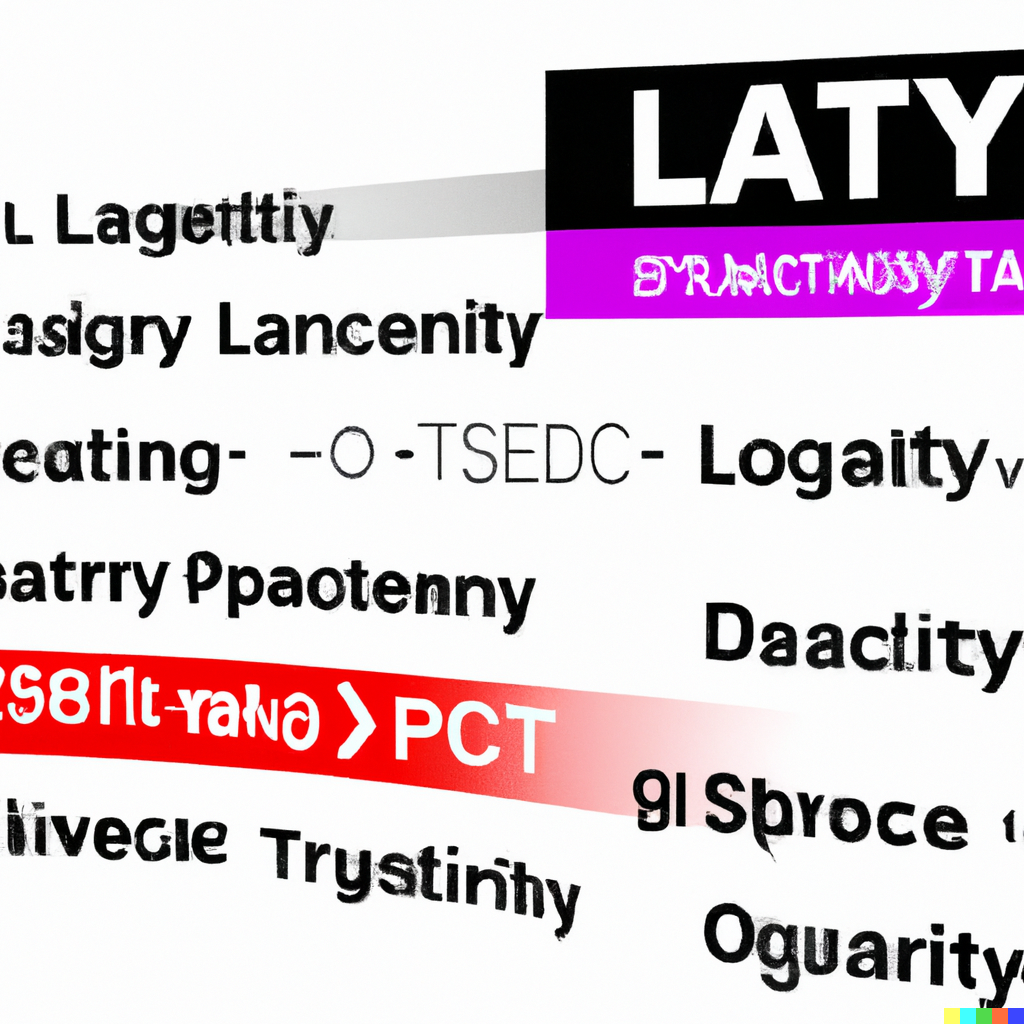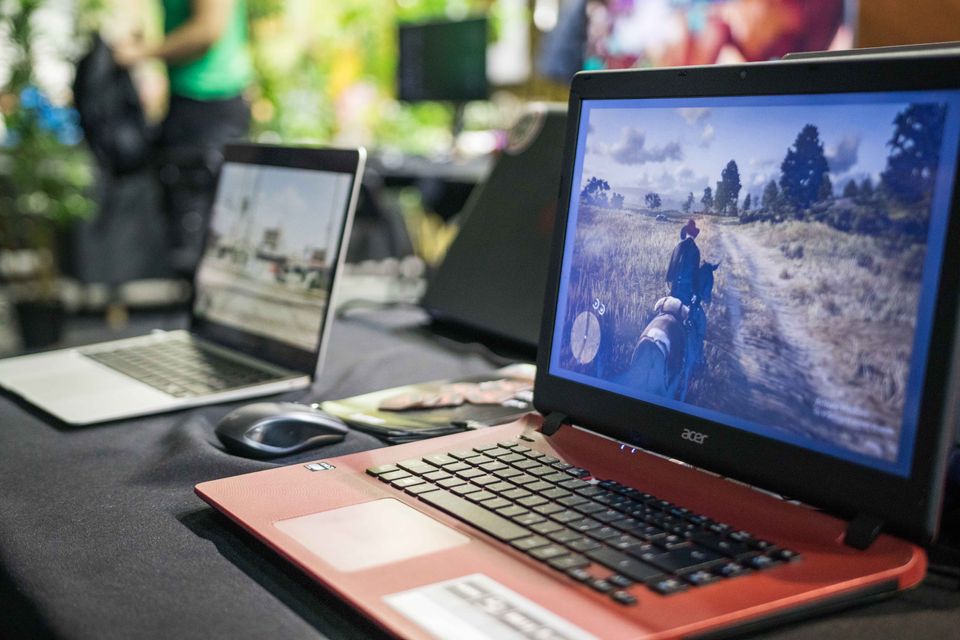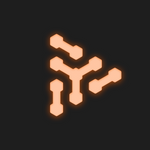Cloud gaming is an emerging technology that has the potential to revolutionize the gaming industry. However, like any new technology, it also has its fair share of challenges and problems that need to be addressed. In this blog post, we will explore some of the biggest problems in cloud gaming and discuss potential solutions.
One of the biggest challenges in cloud gaming is the issue of latency. Latency is the delay between the time a player inputs a command and the time the game responds to that command. In traditional gaming, latency is not a significant issue, as the game is running on the player's local device. However, in cloud gaming, the game is running on a remote server, and the player's device is simply a display. This means that the player's input has to be sent to the server, processed, and the response sent back to the player's device, which can cause significant latency.

To address this issue, cloud gaming providers have to invest in high-speed, low-latency networks to ensure that the player's input is sent to the server and the response is sent back as quickly as possible. They also have to optimize the game code to minimize the time it takes to process the player's input and send back a response. However, even with these efforts, latency can still be an issue, especially when the player is connected to the internet via a slow or congested network.
Clastr has a different approach than most of our competition, where we connect gamers to another gaming PC, reducing the distance between the gamer and "server", thus in most cases reducing the latency as well
Another significant problem in cloud gaming is the issue of bandwidth. Since cloud gaming relies on a constant stream of data between the player's device and the server, it requires a high-speed, stable internet connection. This means that players with slow or unstable internet connections may experience stuttering, lag, or even disconnections, which can significantly impact the gaming experience.
To address this issue, cloud gaming providers have to invest in high-capacity networks to ensure that they can handle the large amount of data required for cloud gaming. They also have to implement technologies like adaptive bitrate streaming to ensure that the quality of the streaming video is optimized for the player's internet connection. However, even with these efforts, players with slow or unstable internet connections may still experience issues.
Another problem in cloud gaming is the issue of compatibility. Since cloud gaming relies on remote servers to host and run the games, players are limited to the games that are available on the cloud gaming platform. This means that players may not be able to access all of the games that they own, or they may have to purchase additional games from the cloud gaming provider.
To address this issue, cloud gaming providers have to negotiate licensing agreements with game developers and publishers to ensure that they have a wide selection of games available on their platform. They also have to invest in the development of their own exclusive games to differentiate their platform from competitors. However, even with these efforts, players may still be limited in the games that they can access.
Security in cloud gaming needs to be addressed as well, and we can do that by building a robust & scalable systems. Here, decentralization might be the key to solving the biggest problems within regards to cyber attacks.
In conclusion, while cloud gaming has the potential to revolutionize the gaming industry, it also faces significant challenges and problems. These include issues of latency, bandwidth, compatibility, and security, which need to be addressed to ensure that cloud gaming will be adopted by a large number of users in the near future.
If you want to stay updated with Clastr progress, please join our Discord channel, where we post all the latest news & information.


